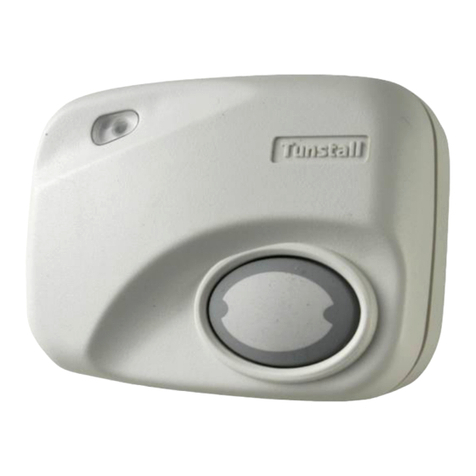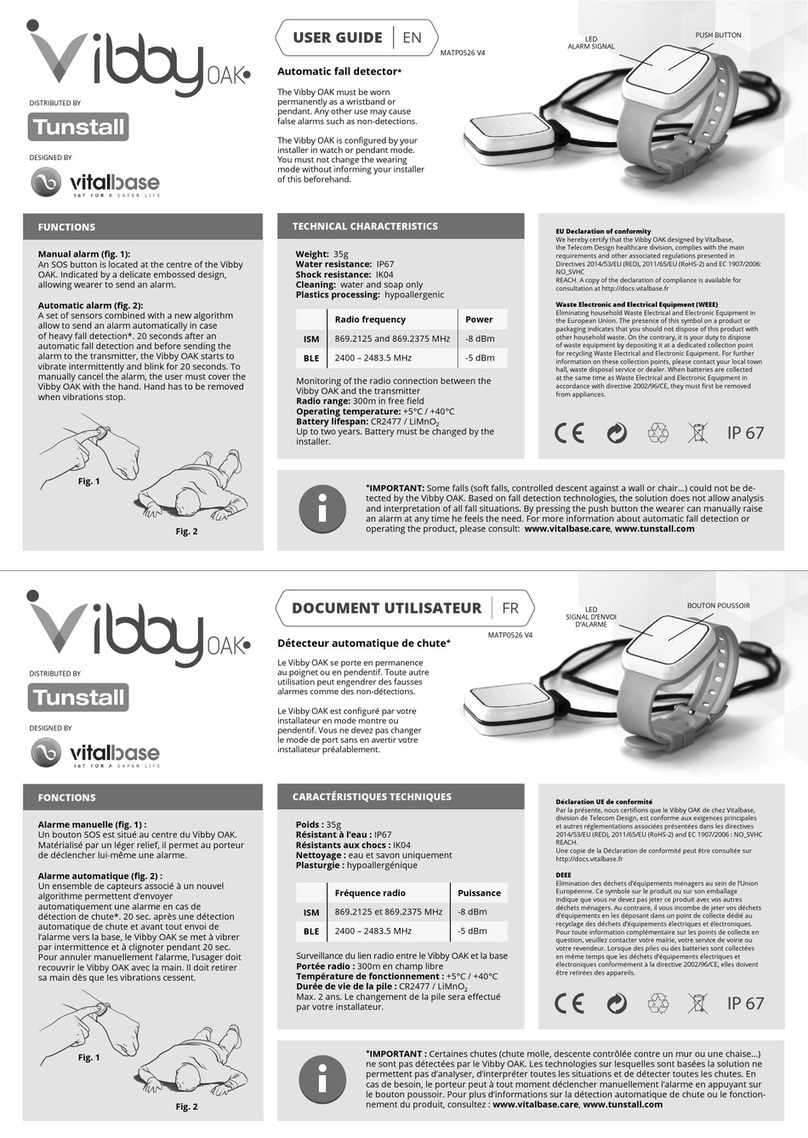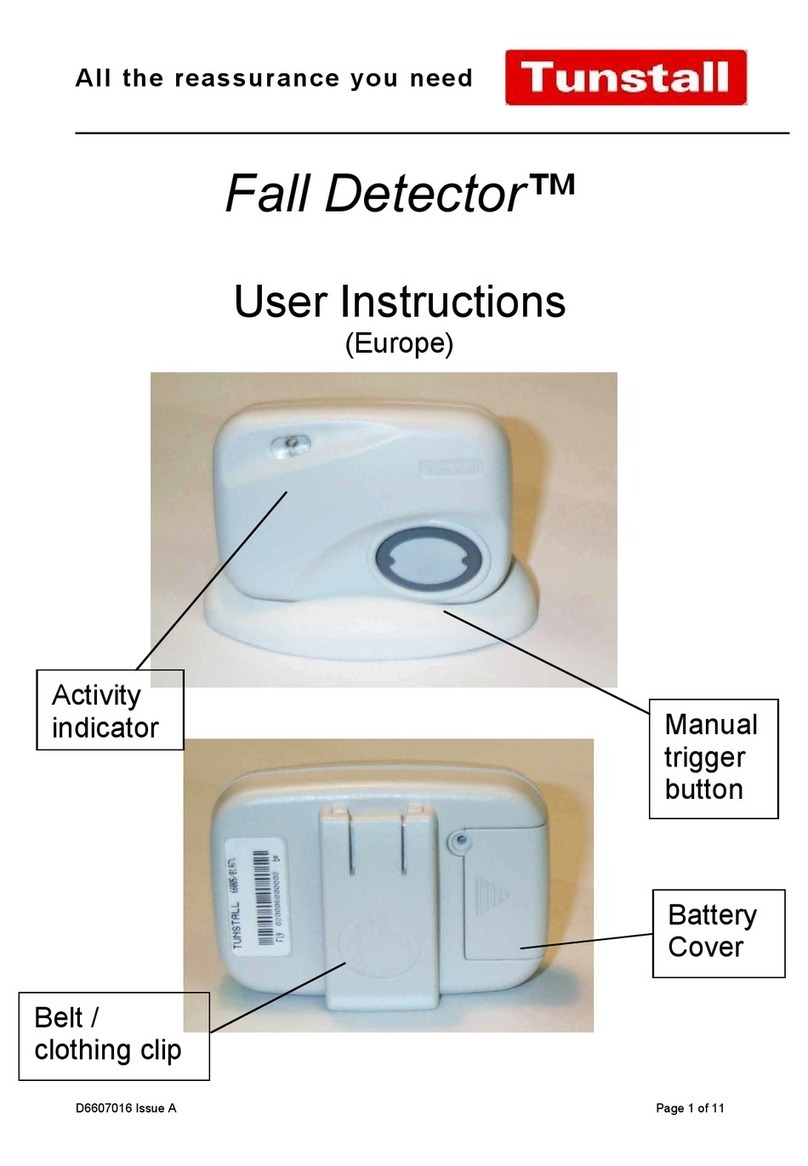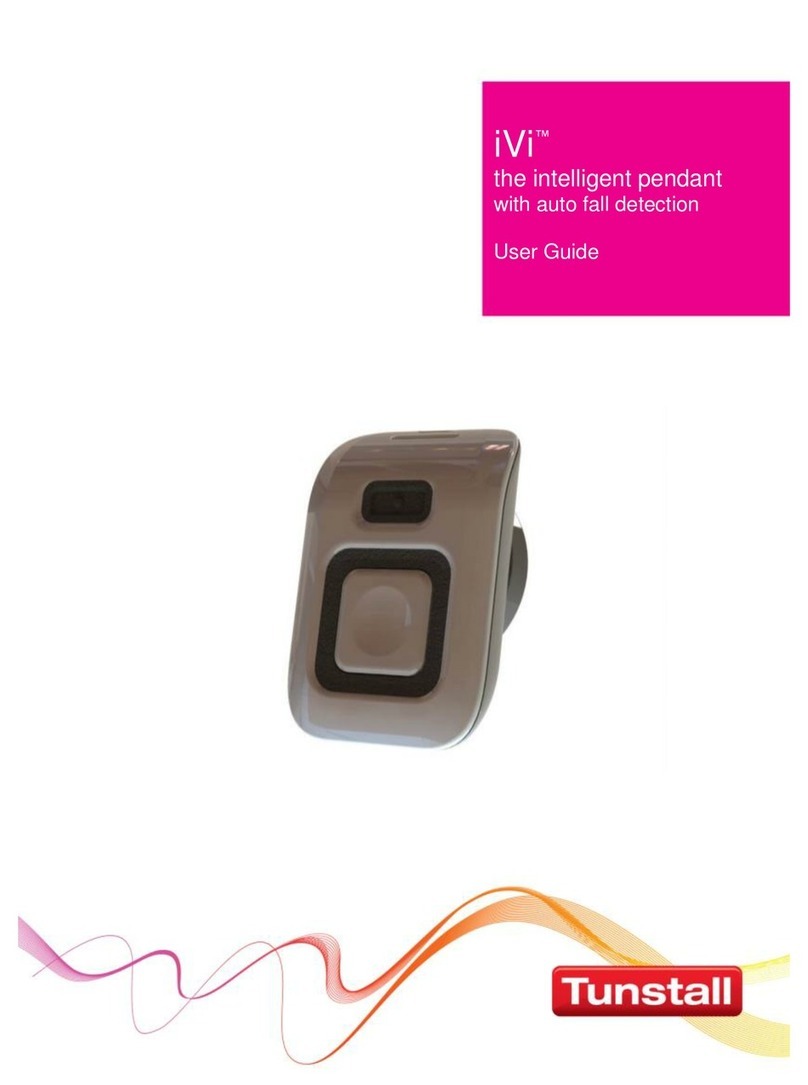Index
Introduction .........................................................................................................................................................................1
Exiting Storage Mode .......................................................................................................................................................2
Programming methods ....................................................................................................................................................3
Getting Started ....................................................................................................................................................................4
Configuration Selection....................................................................................................................................................5
Radio protocol selection ..................................................................................................................................................6
Wearing Mode Selection .................................................................................................................................................7
Check wearing mode configuration .............................................................................................................................8
Demo Mode .........................................................................................................................................................................9
Simulating a Fall in Demo Mode ................................................................................................................................ 10
Alarm Modes .................................................................................................................................................................... 11
Types of fall....................................................................................................................................................................... 12
Alarm cancellation ......................................................................................................................................................... 13
Putting Vibby into Storage Mode ............................................................................................................................... 14
Battery Replacement ..................................................................................................................................................... 15
Programming the Vibby to the Lifeline Home Unit............................................................................................... 16
Removing the Wrist Strap ............................................................................................................................................. 17
Fitting a replacement Wrist Strap .............................................................................................................................. 18
Ensuring the Wrist Strap is Correctly Installed ...................................................................................................... 19
Fitting a neck cord to the Vibby .................................................................................................................................. 20
Cleaning ............................................................................................................................................................................. 21
Warnings and cautions ................................................................................................................................................. 21
Low Battery Calls ............................................................................................................................................................ 21
Technical Details............................................................................................................................................................. 22































